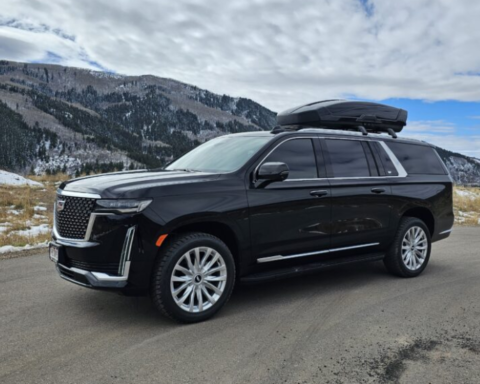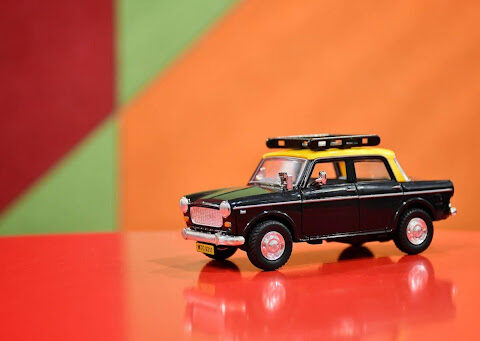Ever wondered how to boost your car’s look and performance without a complete overhaul? Custom wheel spacers might just be the answer. By choosing the right size, you can improve your vehicle’s handling, stance, and even safety.
In this guide, we’ll walk you through everything you need to know about custom wheel spacers, from the basics to the nitty-gritty details.
Measuring for the Right Size
The distance between a wheel’s hub mounting surface and the centerline is known as the offset. Choosing the appropriate size of spacers requires knowing the offset of your wheel. The hub mounting surface is closer to the outside edge of the wheel when there is a positive offset, and closer to the inside edge when there is a negative offset.
Measuring Hub and Stud Length
Before purchasing spacers, measure the length of your vehicle’s wheel studs and the hub’s diameter. This ensures that the spacers will fit perfectly and the studs will have enough thread engagement for safe installation.
When dealing with custom wheel spacers, accuracy is vital, and a caliper tool can help you achieve precise measurements. A caliper tool, also known as a vernier caliper, measures the distance between two opposite sides of an object.
Choosing the Right Material
A custom wheel spacer comes in a variety of materials, each with its own benefits. Here are some common options to consider:
Aluminum vs. Steel
Most wheel spacers are made from either aluminum or steel. Aluminum spacers are lightweight and resist corrosion, making them great for performance applications. Steel spacers, on the other hand, are heavier but offer superior strength.
Anodized Coatings
Some aluminum spacers come with anodized coatings, which provide extra protection against corrosion. This can be particularly beneficial in areas with harsh weather conditions or for off-road vehicles exposed to mud and water.
Quality and Durability
Always opt for high-quality spacers from reputable manufacturers. Poorly made spacers can fail under stress, leading to potential safety hazards. Look for spacers that meet industry standards and have undergone rigorous testing.
Safety Considerations
Installing a wheel spacer can enhance your vehicle’s appearance and performance, but it’s crucial to prioritize safety. Here are some things to keep in mind:
Ensuring Proper Fitment
A proper fit is crucial for safety. Make sure the spacers are flush against the hub and that the studs are long enough for secure lug nut engagement. Avoid stacking spacers, as this can lead to instability.
Regular Inspections
Regularly inspect your spacers for signs of wear or damage. Check for cracks, corrosion, or any loosening of bolts. Early detection can prevent accidents and prolong the life of your spacers.
Professional Help
If you’re unsure about any part of the installation process, seek professional help. Mechanics with experience in wheel spacers can ensure proper installation and fitment, giving you peace of mind.
Legal and Warranty Considerations
Before installing wheel spacers, check local regulations. Some areas have strict laws regarding modifications to vehicle wheel setups. Ensure you comply with these to avoid fines or legal issues.
Understanding Warranties
Many manufacturers offer warranties on their spacers. Understand the terms and conditions, including what’s covered and what isn’t. This can save you money and hassle if you encounter any issues.
Choose the Best Custom Wheel Spacers
Choosing the right size of custom wheel spacers for your vehicle can significantly enhance its performance, aesthetics, and safety. By understanding the different types of spacers, measuring accurately, and following proper installation and maintenance practices, you can enjoy the full benefits of this modification.
For more helpful tips, check out the rest of our site today.








